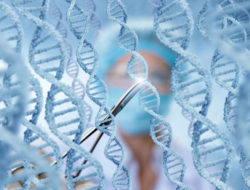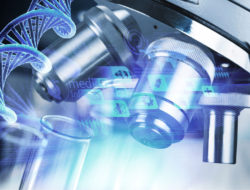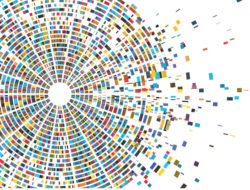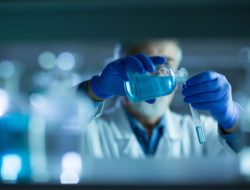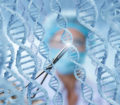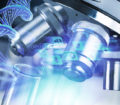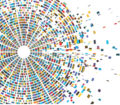Proteins within our cells are smaller than the shortest wavelength of visible light. Since they’re too small to reflect light, they have no real color. We can only see them by shooting beams of electrons at them with very expensive microscopes. And yet researchers will spend years, some their entire careers, studying one single protein. They are that important.
Most drugs target proteins, and medicine for cancer and autoimmune diseases like HIV are made of modified proteins. Proteins can be antibodies in the immune system, digestive enzymes in the stomach, or receptors on cells that tell it what to do. If a protein is turned on when it should be off, it could cause disease. If a protein loses its shape? Havoc! Cells can aggregate together and die. So yes, proteins rule the cell world. Here are 25 very important ones that San Diego scientists are studying right now. (And if you can't get enough of proteins, this blog post tells you everything you never knew you wanted to know about them. Protein is not just for dinner!)

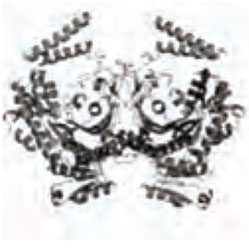
Resolaris 
aTyr Pharma
Derived from a naturally occurring protein, HARS, it may have the potential to restore immune homeostasis in both diseased muscle and lung tissue.
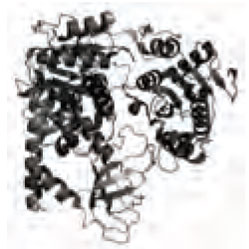
UPF1 
Institute for Genomic Medicine at UC San Diego, Wilkinson Lab
Cells create messages with construction plans for each new protein. UPF1 degrades messages for cell growth; loss of UPF1 can signal pancreatic cancer.
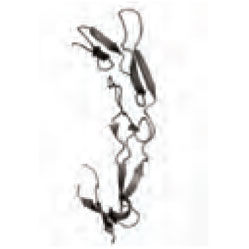
HVEM 

La Jolla Institute for Allergy and Immunology, Dr. Kronenberg
This herpes virus acts as a switch that can amplify or inhibit immune responses, in the lung and intestine.
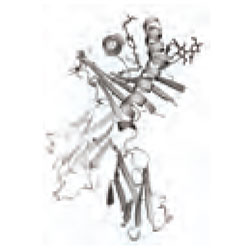
CD1 
La Jolla Institute for Allergy and Immunology, Dr. Zajonc
The CD1 family: Serving lipid antigens to T cells since 1986.
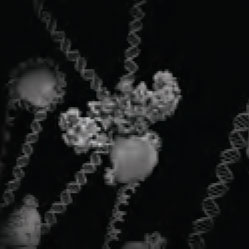
MMTV intasome 
Salk Institute, Dr. Lyumkis
MMTV intasome is a protein complex that lets viruses similar to HIV establish permanent infection in their hosts.
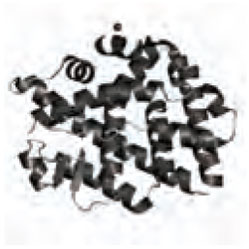
PGC-1alpha 
Institute for Genomic Medicine at UC San Diego, La Spada Lab
It drives the cleanup of misfolded huntingtin proteins, which cause the neurodegenerative Huntington’s disease.
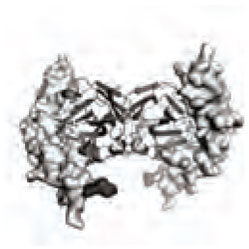
UL141 
La Jolla Institute for Allergy and Immunology, Dr. Benedict
CMV is a virus we should all know about, and UL141 is a CMV protein aimed at cancer molecules.
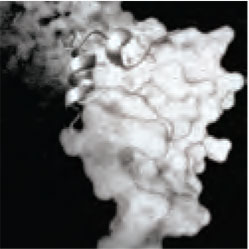
VP35 
The Scripps Research Institute, Ollmann Saphire Lab
Helping to protect Ebola virus from the body’s immune system, VP35 enables the virus to coil and form a shell around its genetic material.
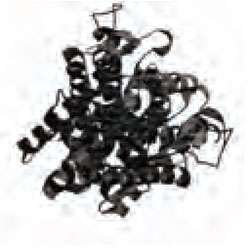
Nur77 
La Jolla Institute for Allergy and Immunology, Drs. Hamers, Thomas, and Hanna
It can stop metastatic lung cancer by promoting development of a specific type of white blood cell.
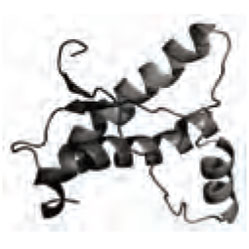
Prion 
UC San Diego School of Medicine, Sigurdson Lab
The Dr. Jekyll and Mr. Hyde of the protein world exist normally in the brain, but when misfolded, they cause devastating neurodegenerative diseases.
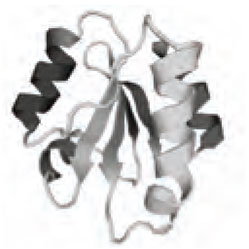
Thioredoxin 
PDB, OrPro Therapeutics
To improve breathing and reduce infections, a form of thioredoxin—an airway enzyme—could treat the thick mucus that accumulates in the airway of cystic fibrosis patients.
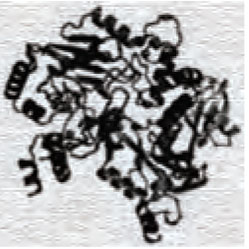
HOIP 

Sanford Burnham Prebys Medical Discovery Institute
HOIP regulates inflammation and cell death, making it a promising drug target for inflammatory diseases and cancer.
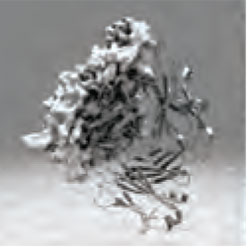
Protein M 
The Scripps Research Institute, Lerner lab
This unusual bacterial protein helps misdirect the body’s immune system by attaching to virtually any antibody and preventing it from binding to its target.
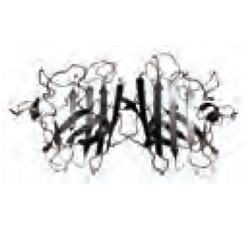
SOD1 
The Scripps Research Institute, Tainer and Getzoff labs
Nearly 200 different mutations in SOD1 have been linked to amyotrophic lateral sclerosis (ALS), also known as Lou Gehrig’s disease.
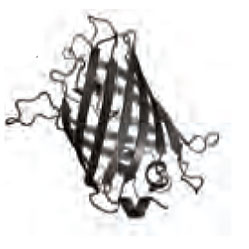
GFP 
UC San Diego School of Medicine, Tsien Lab
GFP can be attached to proteins to study their functions. Avelas Bioscience is using this in a “cancer illuminator” to improve surgical removal of tumors.
Roger Tsien, PhD, shared the 2008 Nobel Prize in Chemistry for discovery and development of GFP.
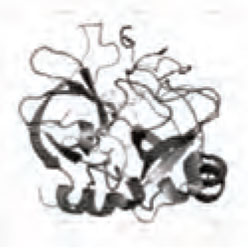
Proteases 
PDB, Leading Biosciences
When the barrier between the gut and the body breaks down, proteases wreak havoc on the body’s own proteins. Blocking them could treat for multi-organ failure and shock.
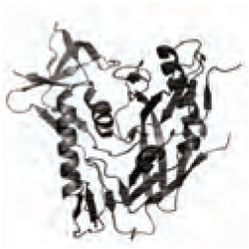
gp120 and gp41 
The Scripps Research Institute, Burton, Ward and Wilson Labs
These proteins help HIV enter a cell and could be a target for an anti-HIV vaccine.
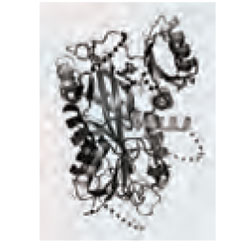
TTLL7 
The Scripps Research Institute, Milligan Lab
It interacts with the cell’s transport machinery; other members of this protein family have been linked to retinal dystrophy and Joubert syndrome.
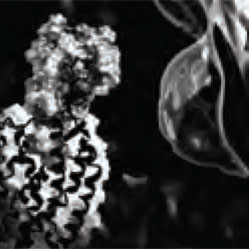
CXCR4 


UC San Diego School of Medicine, Handel Lab
Infamous for its role in allowing HIV to enter a cell, it also binds to many types of molecules—making it difficult to design an inhibitor.
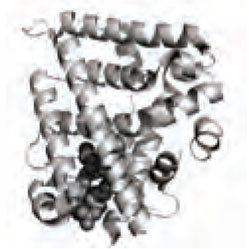
SF1 
PDB, Orphagen Pharmaceuticals
Highly expressed in the developing adrenal glands and in pediatric adrenalcortical tumors, blocking SF1 may help treat this rare cancer.
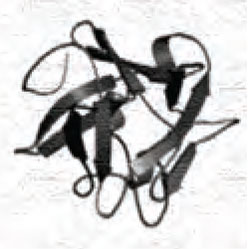
FGF1 
Salk Institute, Gene Expression Laboratory, Dr. Evans
FGF1 functions as a potent insulin sensitizer and could be further developed to control blood sugar in Type 2 diabetes.
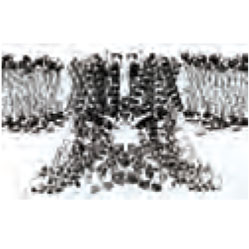
TRPV2 
The Scripps Research Institute, Lander Lab
This protein helps cells sense physical stresses, such as changes in pressure and temperature, and can detect infection and inflammation.
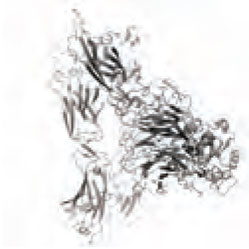
Integrin 
La Jolla Institute for Allergy and Immunology, Dr. Ley
Integrins are amazing molecular machines that allow blood cells to rapidly and reversibly stick to areas of injury, fixing leaks and defending the body.
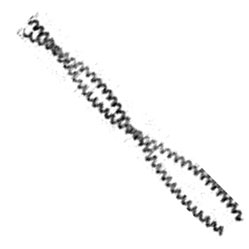
M1 
UC San Diego School of Medicine, Nizet Lab
The tiny tentacles of the M1 protein from Streptococcus hold the body’s natural antibiotics at bay, allowing the bacteria to spread unimpeded.
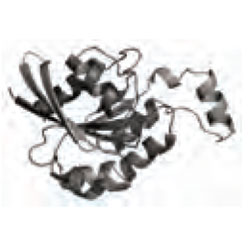
RhoA 

PDB, Novoron Bioscience
RhoA blocks regeneration in the brain and spinal cord, so blocking it could support neuronal regeneration in spinal cord injury and multiple sclerosis.











